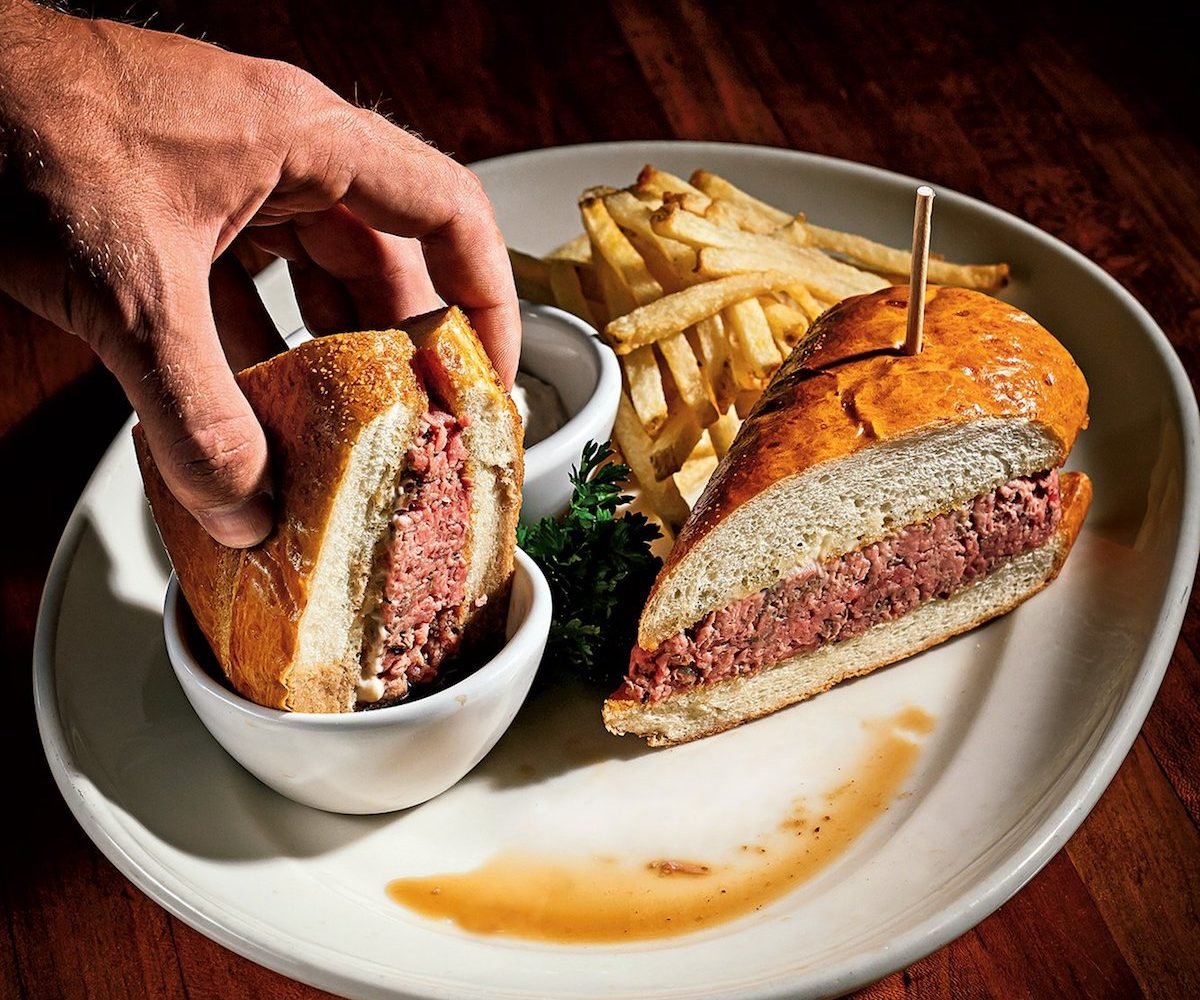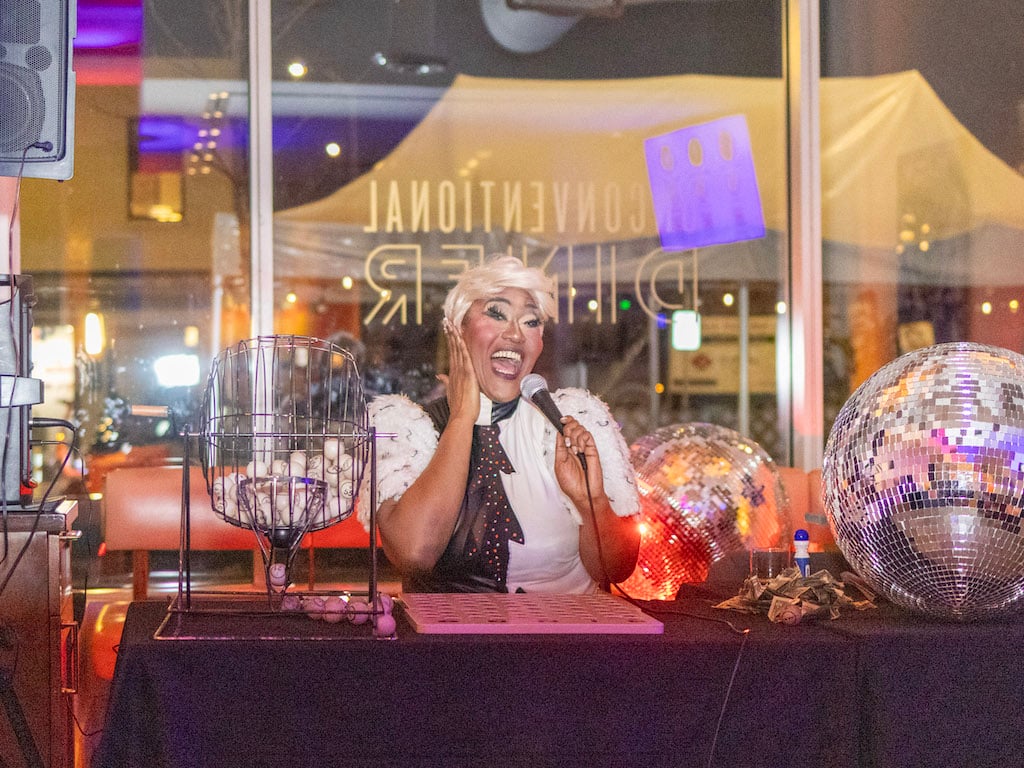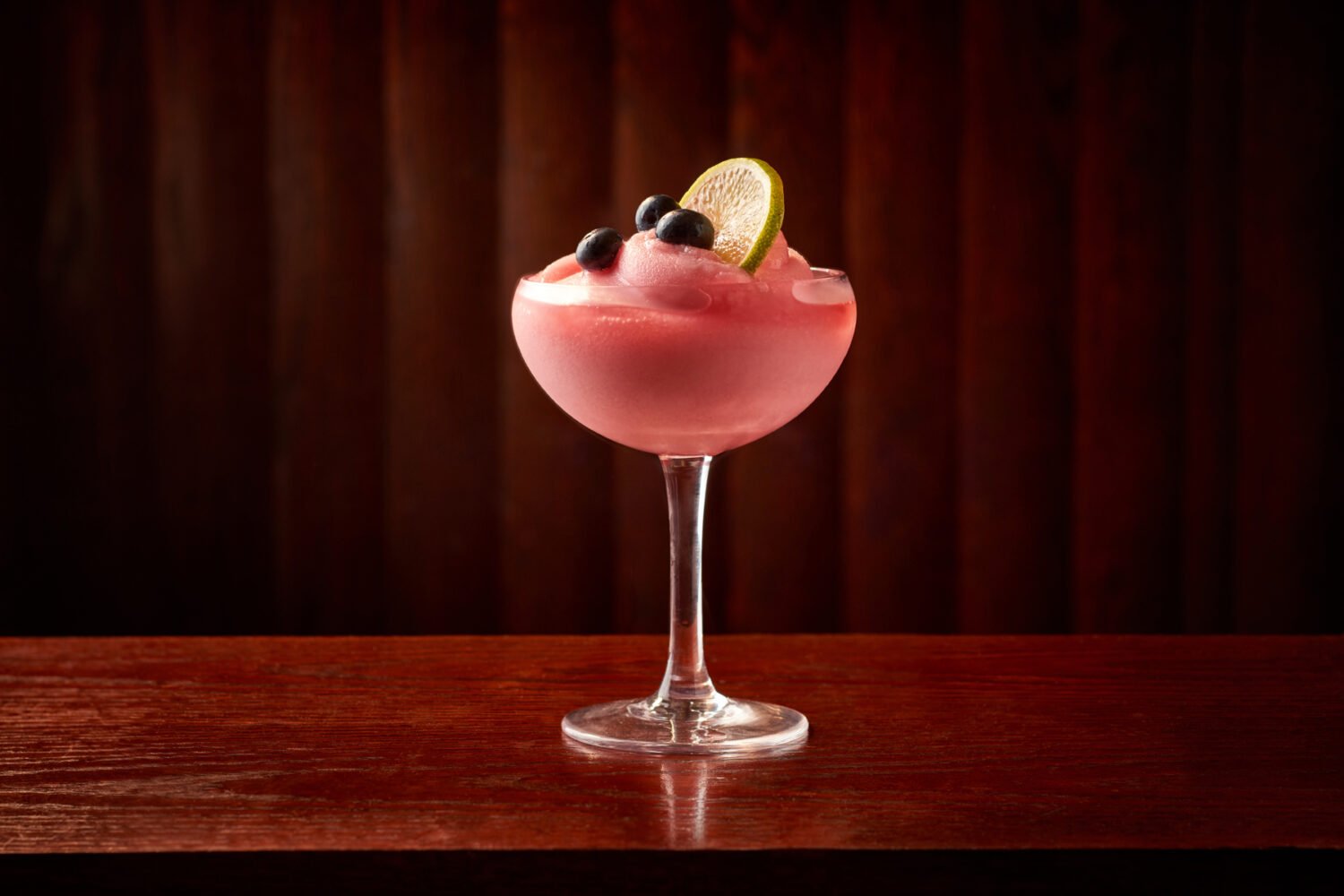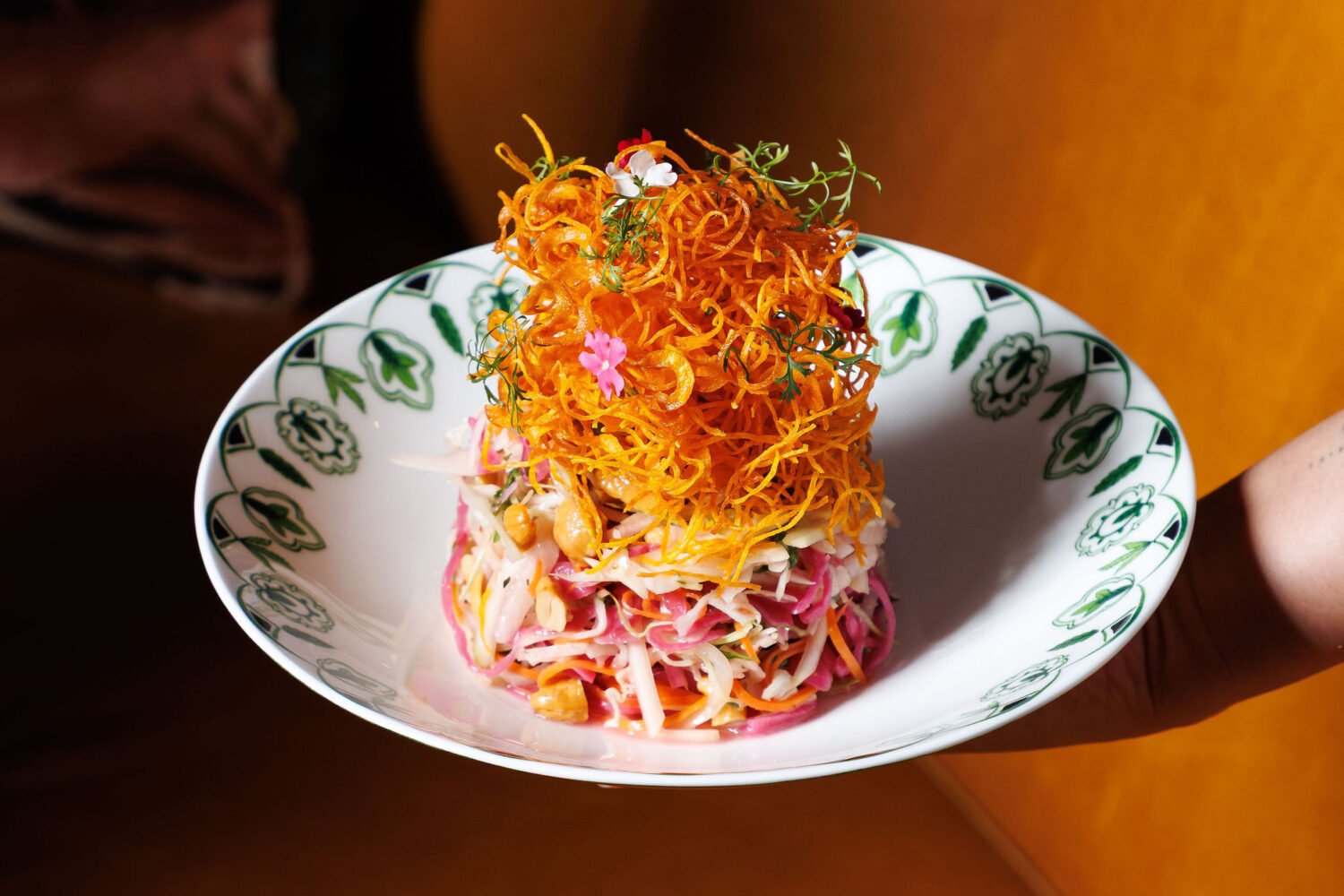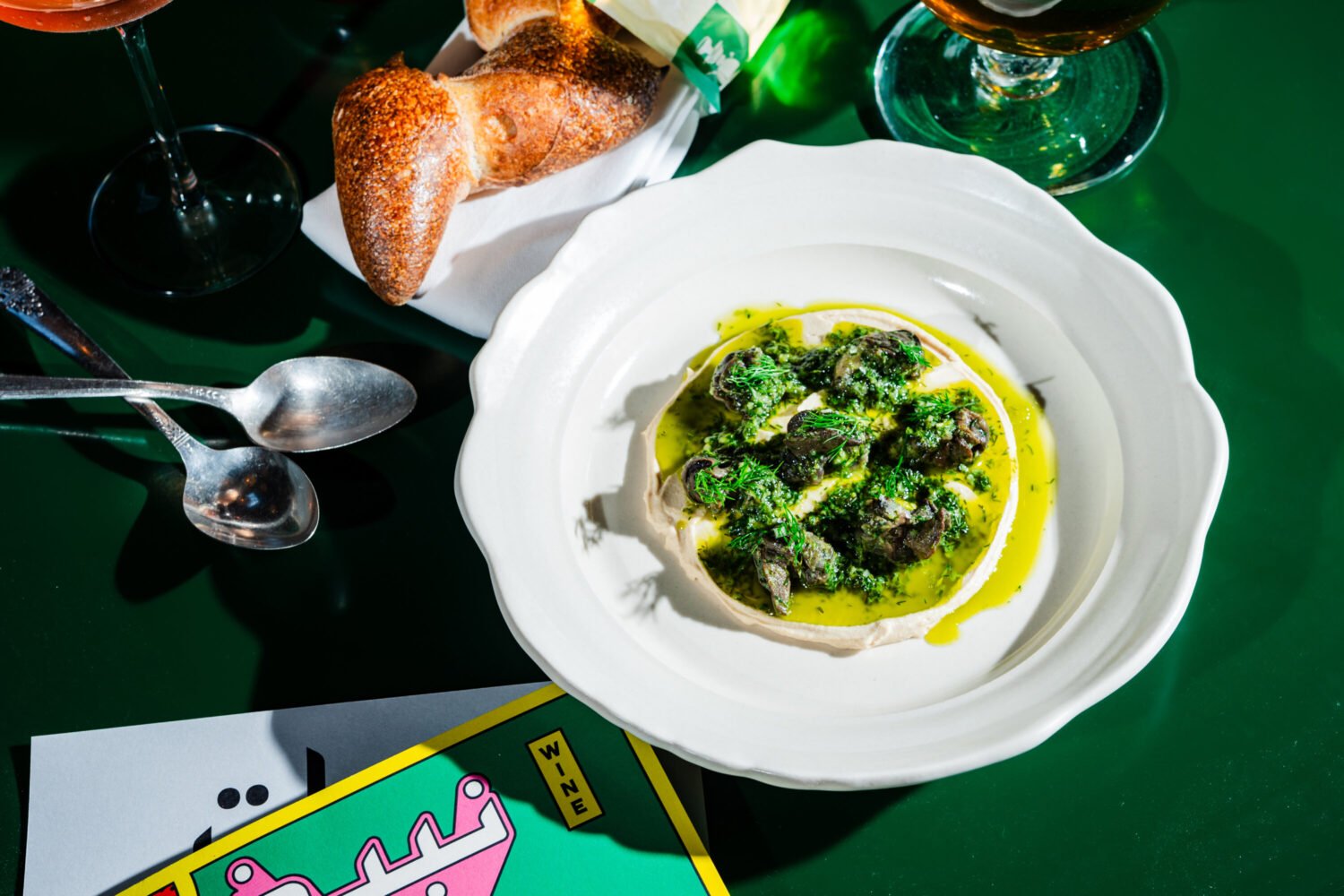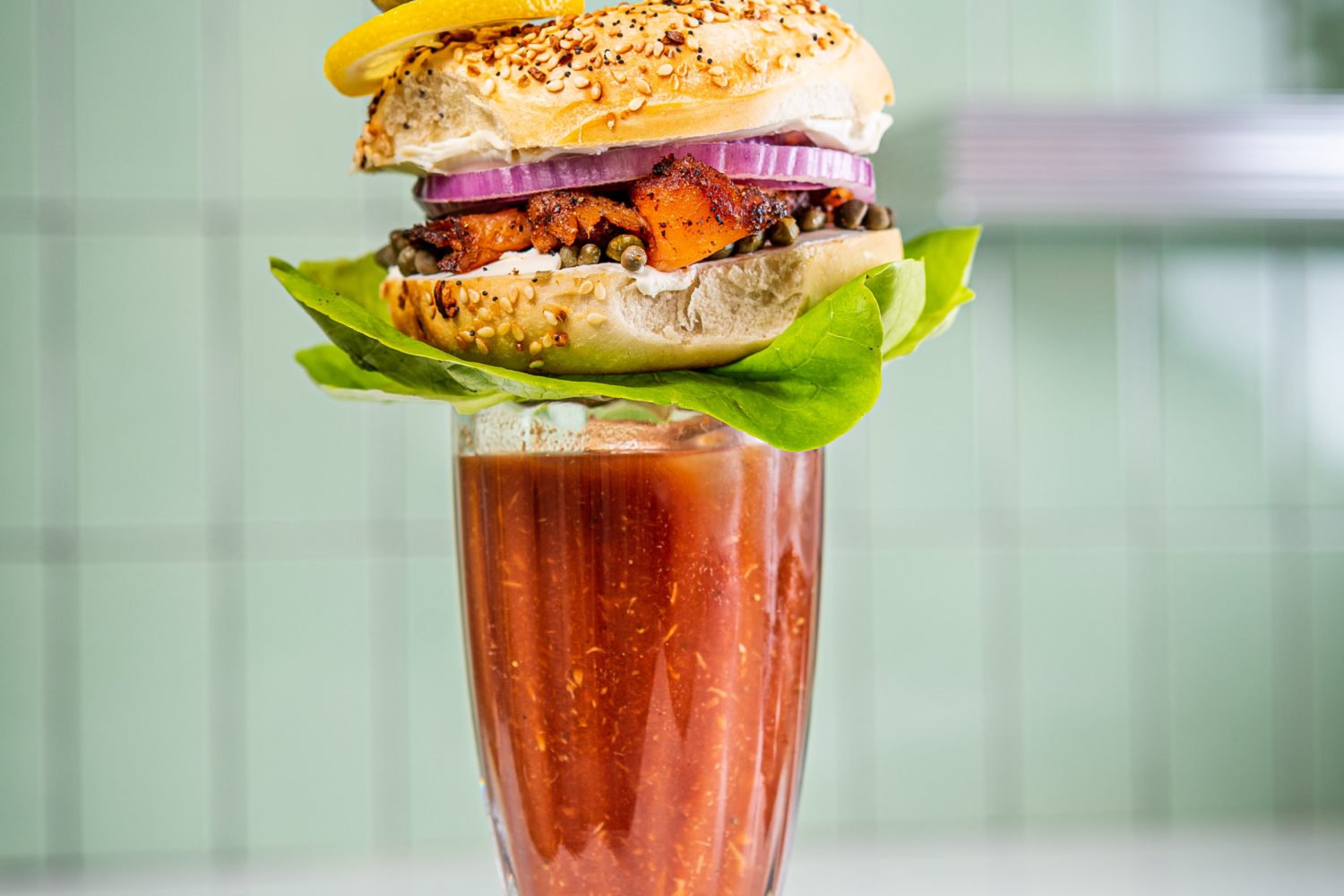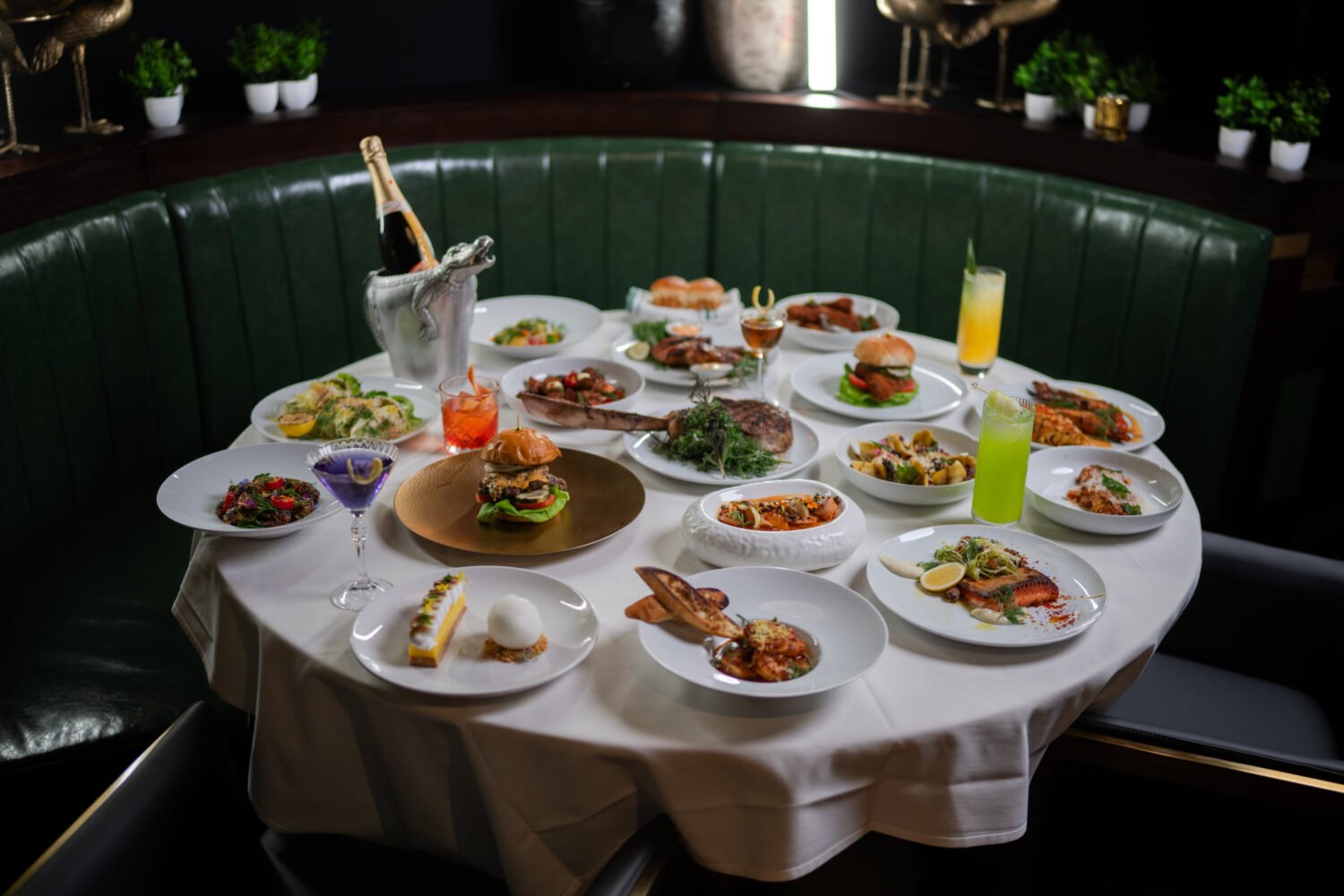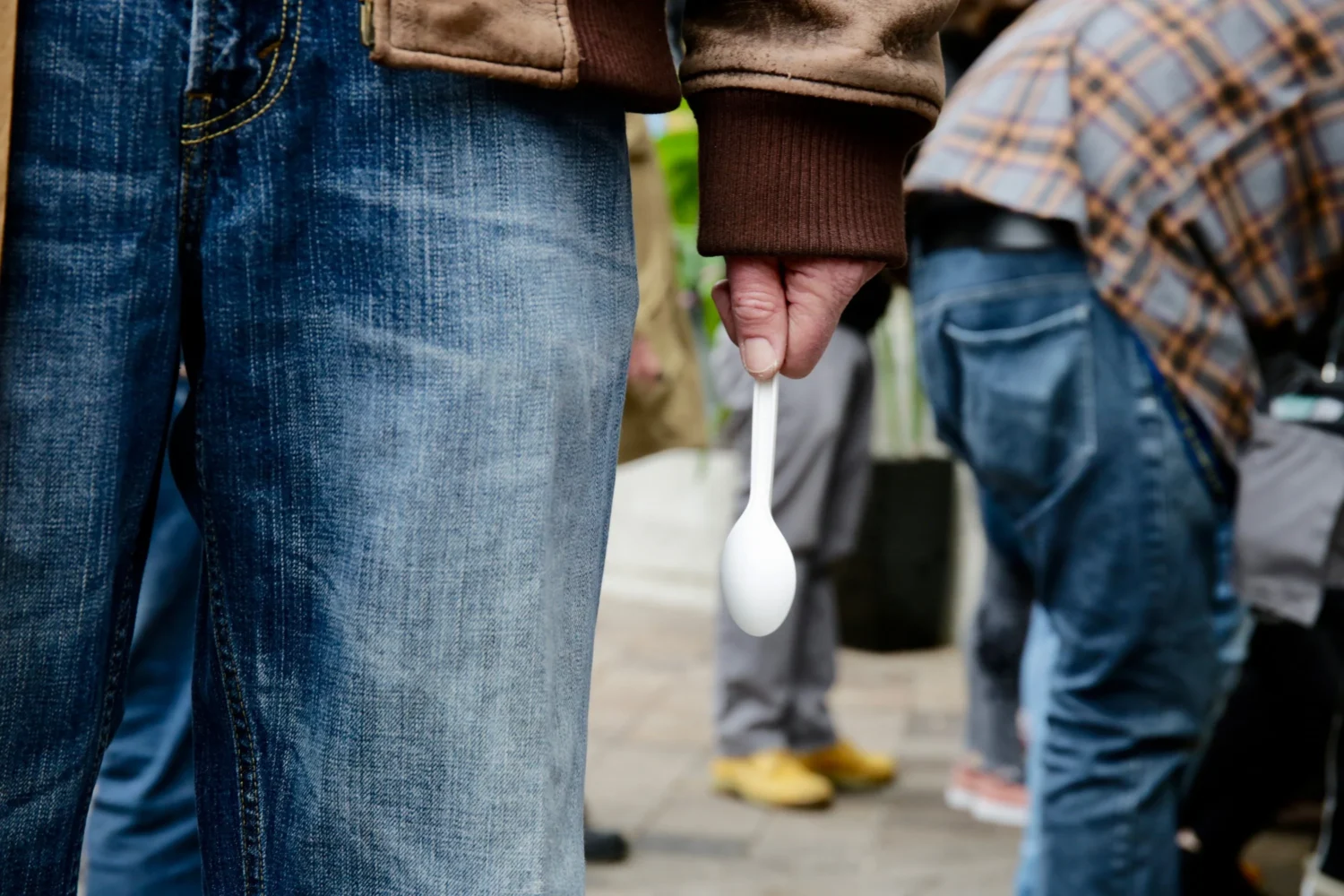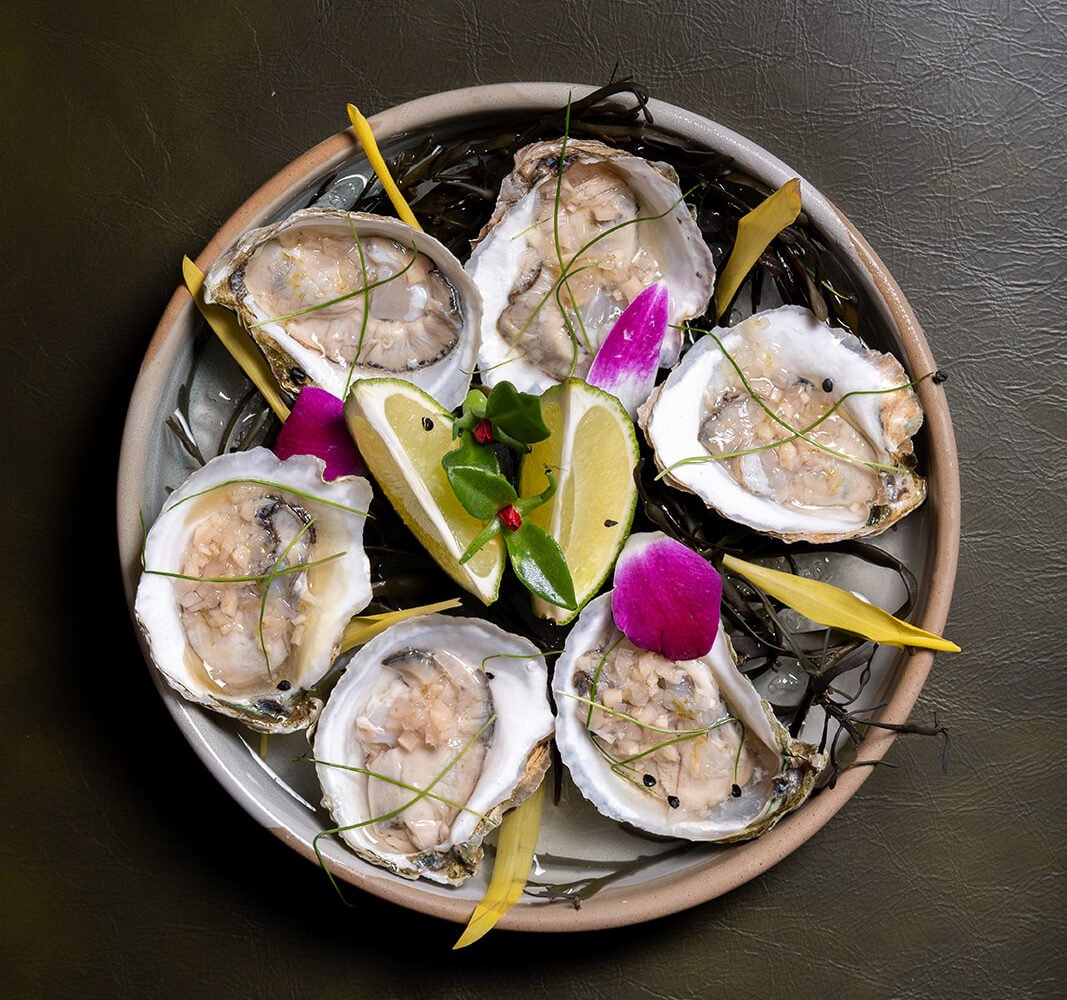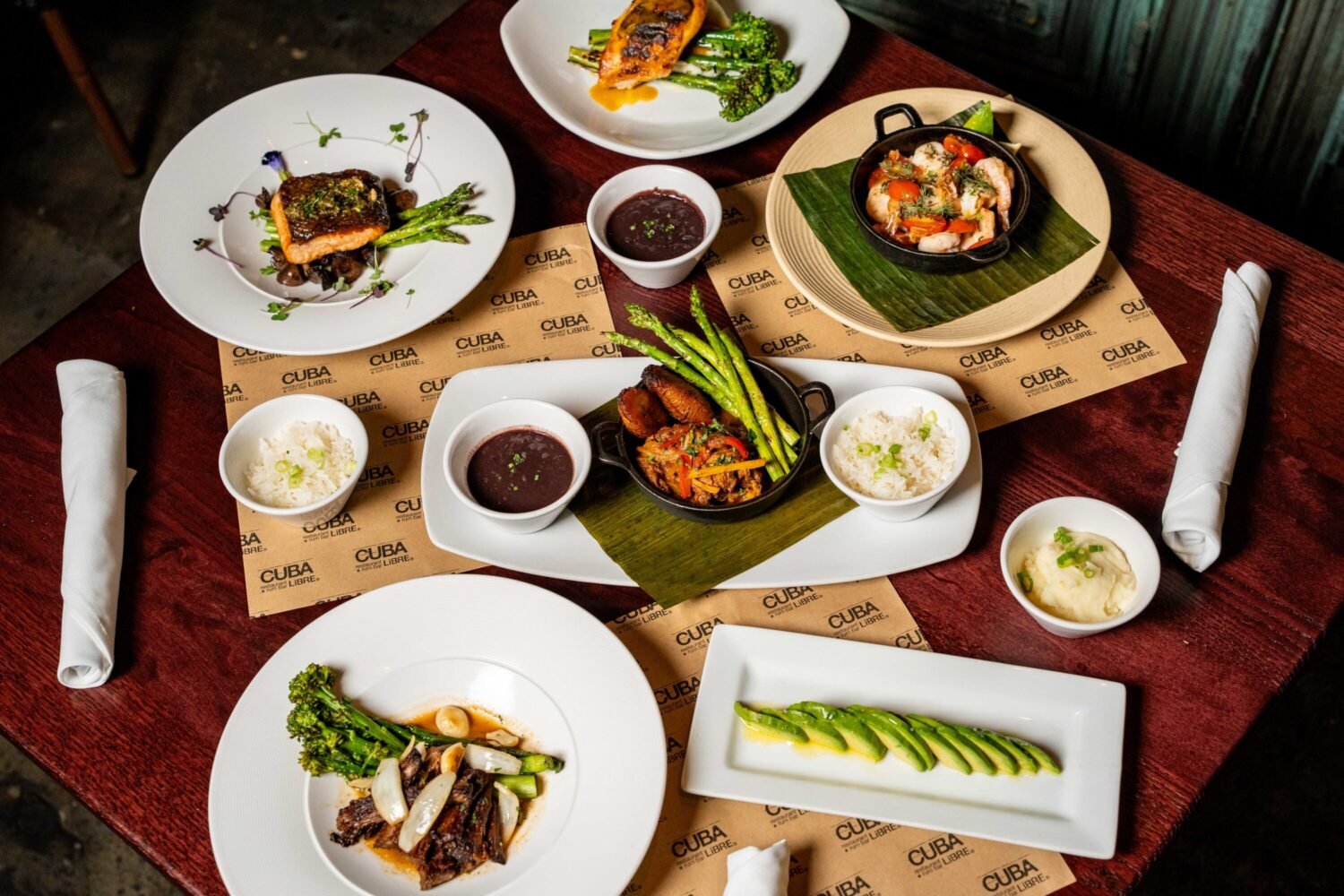“It’s speculation, it’s gossip, it’s not right—I don’t know where it’s coming from,” Walter Scheib says over the phone.
Just by mentioning the food-world rumor that the Obamas might install a new chef in the White House kitchen, I’ve ticked off the former White House chef under Bill Clinton and George W. Bush.
“There’s already a White House chef, and she’s doing a terrific job,” Scheib insists, as if by silencing the messenger he might put a stop to the message.
The rumors started even before the election, and like most rumors they seemed driven by a kind of connect-the-dots of the possible: The incoming president was preoccupied with change, so it stood to reason that he might be interested—along with shutting down Gitmo, reforming healthcare, ending a war, and saving capitalism—in altering the direction of the nation’s food and wine by appointing a new chef to the most important kitchen in the land.
The name most often floated was Art Smith, who has left a curious crumb trail of circumstantial evidence. Smith opened his restaurant Art and Soul on Capitol Hill in September, a month and a half before the election of his fellow Chicagoan. According to Smith’s publicity engine, his most enthusiastic supporter, having once hired him as her personal chef, was none other than Oprah Winfrey, another Chicagoan and a prominent Obama backer.
Smith smiles and demurs when asked about the job, furthering speculation while ostensibly quashing it. Already he has mastered the Washington nondenial denial.
The possibility of Smith at the White House is bigger news than the reality of Smith on the Hill, a function of our 24/7 celebrity culture. But celebrity, ironically, is exactly what Art and Soul does not exude—it’s the least assuming of the city’s star-chef restaurants, possibly a function of Smith’s being from Chicago, not New York. Chicago, as a friend of mine once said, is a big, bustling city full of small-town folks who can’t believe they’re in the big, bustling city.
The servers at Art and Soul are chatty and informal and given to saying “good call” if you order a dish they like. The space, too, seems less slick than most new hotel restaurants—it’s housed in the new Liaison Capitol Hill—and less self-consciously dramatic, with a funky black-and-red color scheme that comes across a little like a man who dares to don a polka-dot bow tie in a room full of power suits.
It’s not without its oddities, though. The attempt to create discrete areas within a long, flat space results in the feeling of being in several rooms at once—above the booths along one wall are tiny hanging lights that convey all the warmth of an interrogation room, and the noise-reduction pads might put you in mind of a New York City subway station. The bar is separated from the dining room by what appears to be a black shower curtain.
In no way does Art and Soul come across as a takes-itself-seriously venue, which may explain why I didn’t see a lot of business being done there. Then again, power lunches and dinners don’t generally take place over big, heaping plates of Southern food—even Southern food as refined as Smith endeavors to present.
Running the kitchen for Smith is Ryan Morgan, who grew up in Oxon Hill and Vienna and cooked most recently at TenPenh. His job is to translate rib-sticking fare to a fine-dining setting.
Both the Brunswick stew and the she-crab soup were exactly what they ought to be: sturdy, well made, and full of deep flavors, not a starting point for a chef to flaunt his creativity. Smith gets credit for serving local oysters, but I turned up a couple of less-than-stellar ones among the excellent, and the Chesapeake Bay fry basket—an otherwise tasty assortment of aggressively seasoned and lightly battered clams, okra, shrimp, and calamari—was marred on two occasions by brackish-tasting oysters. The hoe cakes are as good as I’ve ever had; I wish Morgan hadn’t cluttered them with so many toppings. A variation with beet-cured salmon seemed like a waste of salmon, and I found myself jettisoning the arugula and bleu-cheese crumbles from another version. Better just to order the arugula salad, its peppery leaves slicked with a blackberry-ale vinaigrette and garnished with watermelon pickles and bits of goat cheese.
The goal of the entrées is to give the impression of being immoderately rich but to leave you feeling pleasantly full, not bloated. The big double-cut pork chop is brined for added savor, allowing Morgan to employ the red-eye gravy judiciously, like a sauce, as opposed to letting the meat wallow in it, the way a good country diner might. The grouper, on the other hand, is moored in its carrot-cider broth, a smart move that imbues a bland fish with more flavor. The chicken is pecan-crusted and, for breast meat, about as juicy as you can hope for; it’s flanked by creamed spinach, which I found myself dabbing slices of meat into as if it were a condiment.
At every meal, at least one dish missed. The lamb chops were fatty and in need of better trimming—at $34 they were overpriced, too; the butternut-squash-filled ravioli came doused in too much butter; the scallops were plump, rich, and perfectly prepared but hardly enhanced by a dull parsnip purée and a too-sweet smoked-onion marmalade.
Desserts are a throwback, Southern to the core: simple cakes and pies. I expected to love them all, but only Smith’s signature “baby cakes”—including coconut, lemon curd, and Lady Baltimore—hit the spot. Two bites at most, but they conjure an entire culture and tradition.
What fate awaits Smith? Too soon to know. Meanwhile, he should follow the timeless prescription for every new member of Congress and devote himself to satisfying the only constituency he has. Art and Soul isn’t perfect, but it isn’t broken—there’s no need for the dramatic changes his fellow Chicagoan has promised in other arenas. Just a little polishing and tweaking.
This review appeared in the January, 2009 issue of the Washingtonian.

